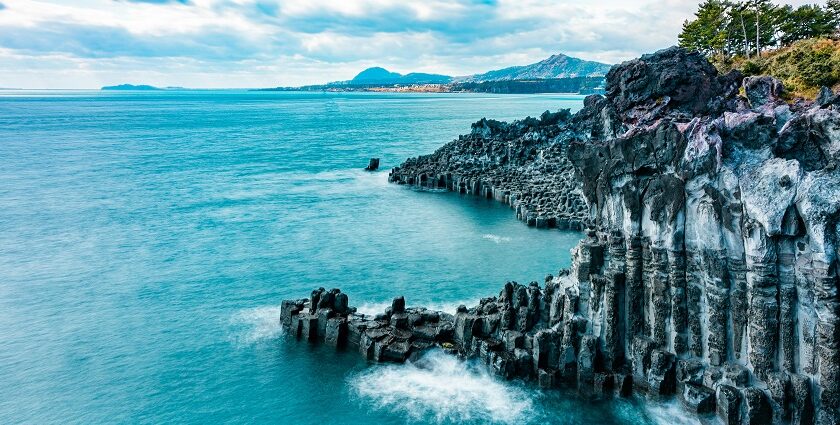The 10 most beautiful islands in South Korea promise a journey through dramatic coastlines, tranquil villages, and breathtaking natural wonders. From volcanic landscapes to emerald waters and white-sand beaches, these islands offer an escape into serenity and culture. Each one is unique — some are rich in history, others in natural beauty, but all are perfect for those seeking peace or adventure. Whether it’s hiking scenic trails, enjoying traditional Korean hospitality, or exploring untouched shores, these islands reveal a side of South Korea far removed from city life — yet equally unforgettable. Explore the allure that awaits you just off the mainland!
10 Islands In South Korea
Experience the best of coastal culture and heritage with our detailed list of the 10 islands in South Korea worth stopping by:
1. Jeju Island
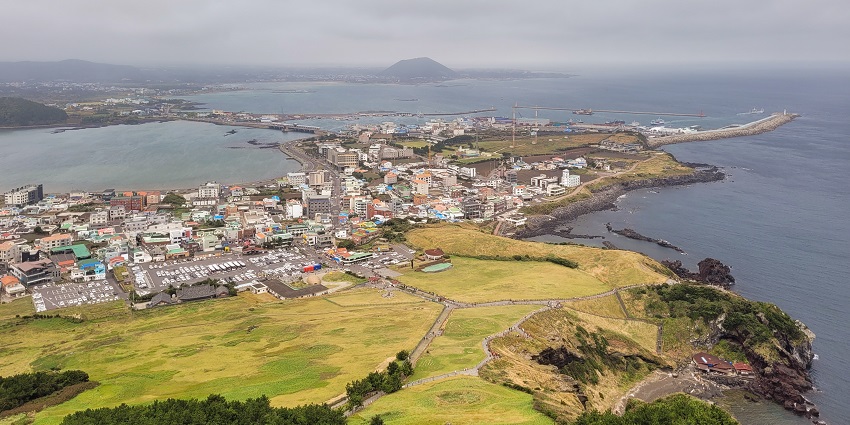
Photo: Bernard Gagnon / Wikimedia Commons
Jeju Island, South Korea’s largest island, is renowned for its diverse landscapes and rich cultural heritage. It is also considered one of the most popular islands in South Korea. Along the southern coast, the Daepo Jusangjeolli Cliff features striking hexagonal basalt columns formed by ancient lava flows. Jeju’s unique Haenyeo culture, where female divers harvest seafood without breathing apparatus, adds to the island’s allure. Visitors can also explore the scenic Olle walking trails, which weave through the island’s varied terrains, from coastal paths to forested routes.
Nearest Airport: Jeju International Airport (CJU)
Nearest Seaport: Jeju Port
2. Geoje Island
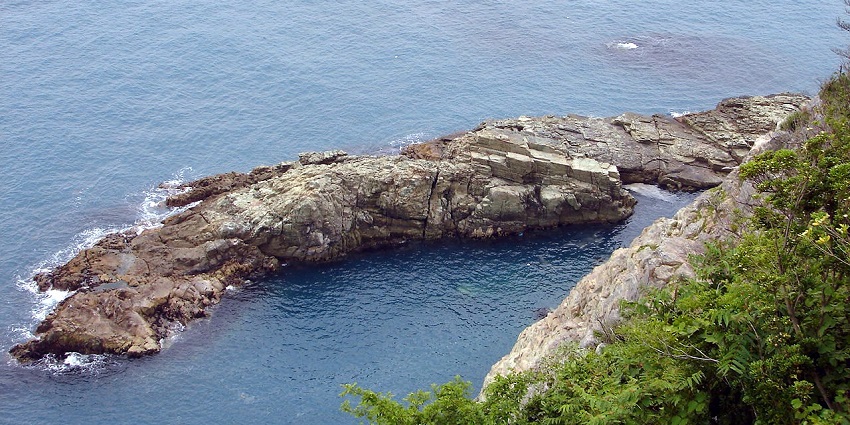
Photo: Steve46814 / Wikimedia Commons
The second-largest island in South Korea, Geoje Island, blends historical significance with scenic beauty. The island is home to Oedo Botania, a marine botanical garden featuring exotic plants and European-style landscaping. Windy Hill is a well-liked location for photography since it provides expansive views of the ocean. The Geoje POW Camp, a historical site from the Korean War, provides insights into the island’s past. The island’s proximity to Busan, connected via the Busan-Geoje Bridge, makes it easily accessible for travellers.
Nearest Airport: Gimhae International Airport (PUS)
Nearest Seaport: Okpo Port
3. Ulleungdo Island
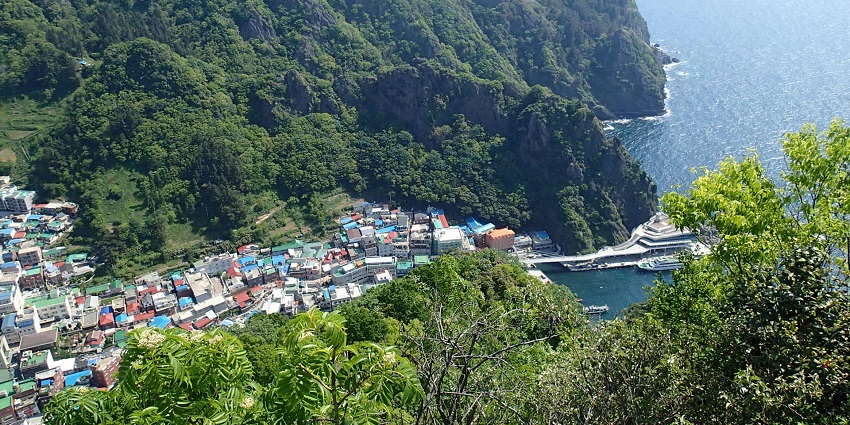
Photo: Raki_Man / Wikimedia Commons
The East Sea island of Ulleungdo is renowned for its distinctive geological formations, rocky cliffs, and crystal-clear waters. The Haengnam Coastal Walking Path offers stunning views of the coastline, leading to the Haengnam Lighthouse. Bongnae Waterfall, a three-tiered cascade, is a source of freshwater and a popular tourist spot. Because of its remote location, Ulleungdo has maintained its natural beauty, making it a sanctuary for those who love the outdoors. On clear days, the Dokdo Observatory Cable Car provides views of the disputed Dokdo islets.
Nearest Airport: No airport on the island; nearest is Pohang Airport (KPO)
Nearest Seaport: Dodong Port
4. Jindo Island
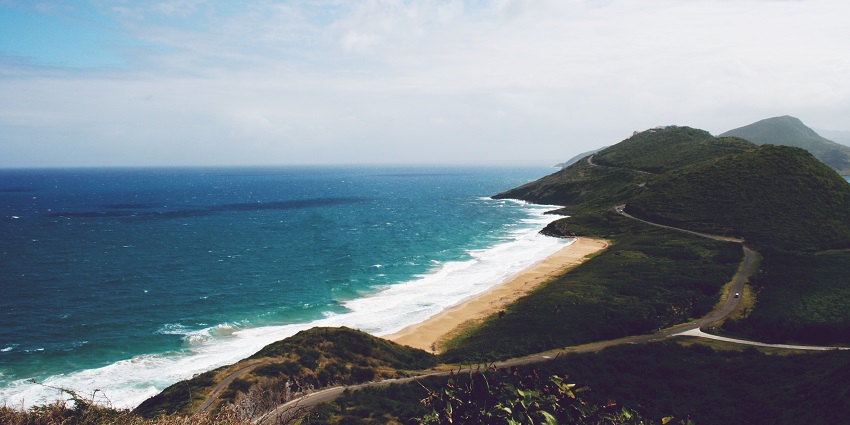
Photo: CC0 Public Domain / PxHere / Image For Representation Only
Jindo Island is famous for the “Moses Miracle,” a natural phenomenon where a land pass emerges during low tide, connecting Jindo to Modo Island. Each year, hundreds of thousands of people attend the Jindo Sea Parting Festival to commemorate this occasion. The island is also known for the Jindo dog, a breed native to the region, and hosts a research and testing centre dedicated to it. Jindo’s cultural heritage includes traditional music and dance performances, as well as art galleries showcasing local artists.
Nearest Airport: Muan International Airport (MWX)
Nearest Seaport: Jindo Port
5. Oedo Island
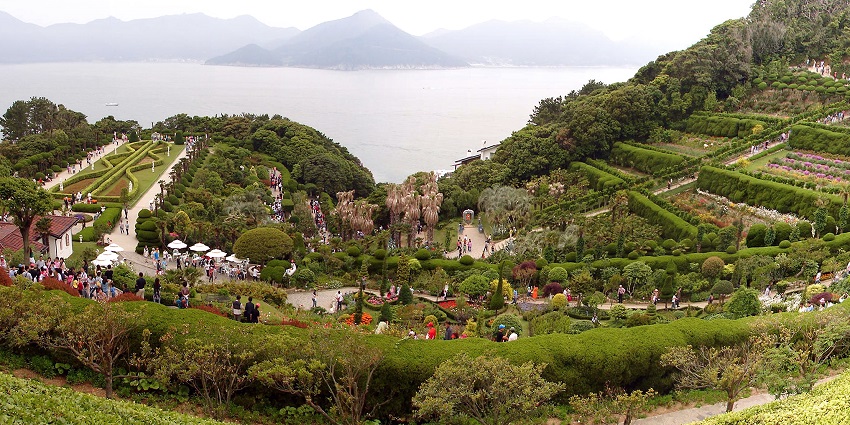
Photo: Steve46814 / Wikimedia Commons
Oedo Island, part of the Hallyeo Maritime National Park, is renowned for its marine botanical garden, Oedo Botania. Visitors need to pay an entrance fee. The garden features a variety of exotic plants, sculptures, and European-style architecture, all set against the backdrop of the sea. The island, which was created by a couple in the 1960s, is now a horticultural haven. Visitors can stroll through themed gardens, including the Venus Garden and the Cactus Garden, each offering unique flora and design.
Nearest Airport: Gimhae International Airport (PUS)
Nearest Seaport: Jangseungpo Port
6. Nami Island
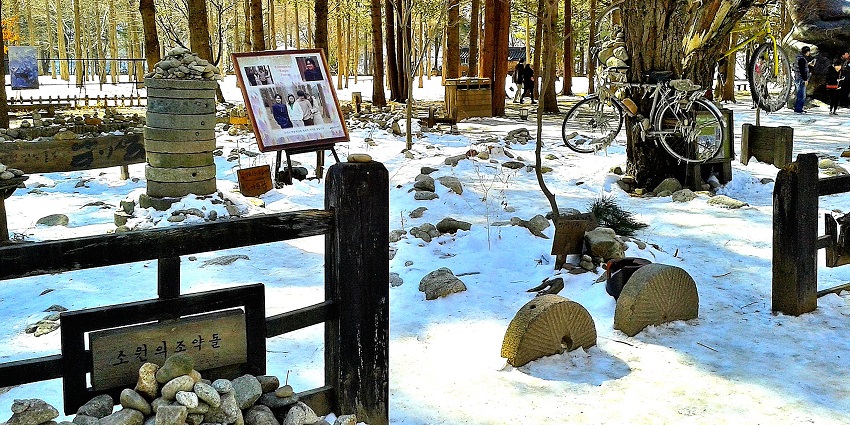
Photo: Penmerahpenbiru / Wikimedia Commons
The crescent-shaped island of Nami, which is in the Han River, is well-known for its roads lined with trees and cultural activities. The island gained popularity after being featured in a Korean drama, attracting visitors to its scenic landscapes and art installations. Activities include cycling, zip-lining, and exploring the island’s museums and galleries. Throughout the year, Nami Island also has a number of events honouring the arts, literature, and music.
Nearest Airport: Wonju Airport (WJU)
Nearest Seaport: No seaport; accessible via ferry from Gapyeong Wharf
7. Seonyudo Island
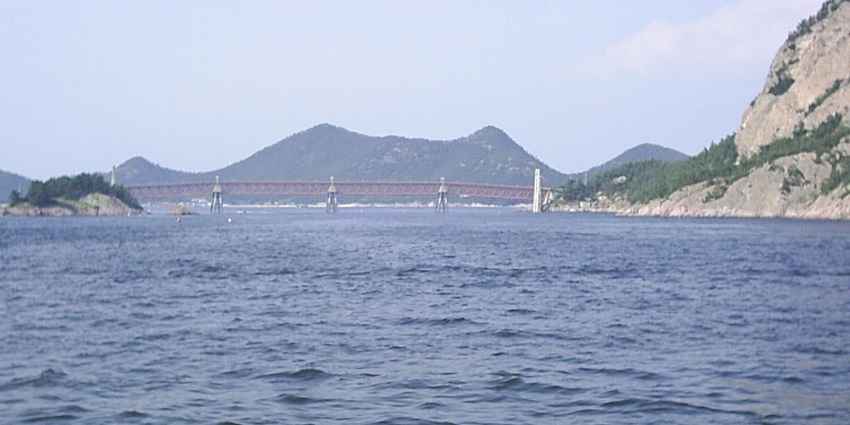
Photo: Republic of Korea / Wikimedia Commons
Seonyudo Island, part of the Gogunsan Archipelago, offers serene beaches and walking trails, ideal for relaxation and nature walks. The island is connected to neighbouring islands by bridges, allowing visitors to explore multiple destinations easily. Activities include cycling, fishing, and enjoying the island’s tranquil environment. Seonyudo is also known for its Eight Scenic Views, including the Seonyu Sunset and Mangjubong Peak, providing picturesque spots for photography and sightseeing.
Nearest Airport: Gunsan Airport (KUV)
Nearest Seaport: Gunsan Port
8. Hongdo Island
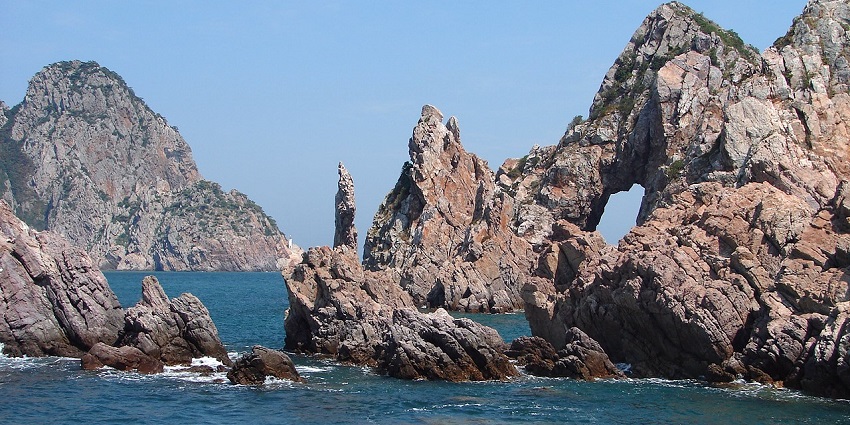
Photo: Steve46814 / Wikimedia Commons
A recognised natural monument, Hongdo Island is renowned for its varied marine life and red-hued cliffs. The island’s unique rock formations and clear waters attract nature enthusiasts and photographers. Visitors can enjoy boat tours around the island to view its stunning landscapes. Hongdo’s isolation has preserved its pristine environment, offering a tranquil retreat for those seeking to connect with nature. The island’s rich biodiversity includes various bird species and marine organisms, making it an important ecological site.
Nearest Airport: Muan International Airport (MWX)
Nearest Seaport: Mokpo Port
9. Deokjeokdo Island
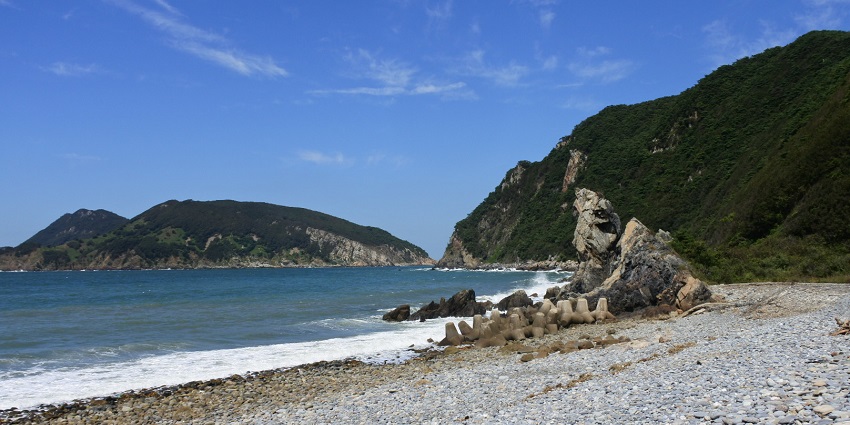
Photo: LT sfm / Wikimedia Commons
Deokjeokdo Island, located off the west coast, is a tranquil destination with sandy beaches and hiking trails, perfect for a peaceful retreat. The island features attractions like Seopori Beach and Bijobong Peak, offering scenic views and outdoor activities. Visitors can also explore the island’s pine forests and enjoy its natural beauty. Deokjeokdo’s accessibility from Incheon makes it a convenient getaway for city dwellers seeking nature and relaxation.
Nearest Airport: Incheon International Airport (ICN)
Nearest Seaport: Incheon Port
10. Somaemuldo Island
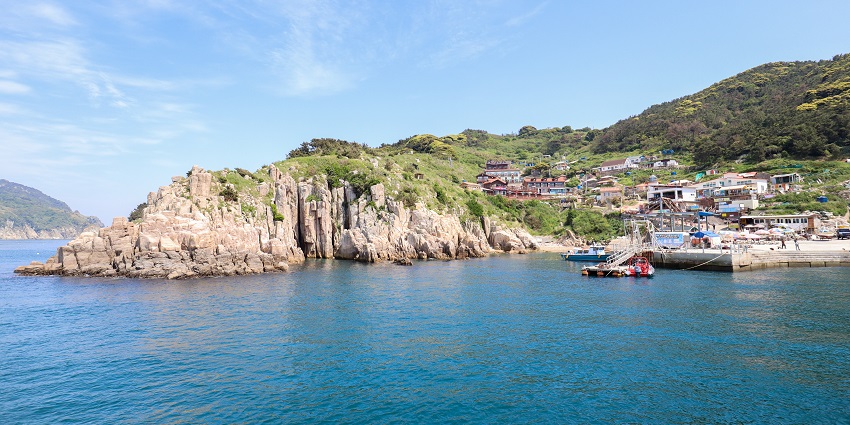
Photo: Mobius6 / Wikimedia Commons
Somaemuldo Island, part of the Maemuldo archipelago, is a hidden gem located off the coast of Tongyeong. The island, which is well-known for its striking cliffs and the famous Somaemuldo Lighthouse, provides stunning views of the surrounding ocean and nearby islets. The lighthouse, situated on Deungdaeseom Island, is accessible via a narrow land bridge during low tide, providing a unique walking experience. The island’s terrain is adorned with unique rock formations such as Yongbawi (Dragon Rock) and Geobukbawi (Turtle Rock), adding to its mystical allure.
Nearest Airport: Gimhae International Airport (PUS)
Nearest Seaport: Tongyeong Port
From lush volcanic landscapes to secluded coastal escapes, the islands in South Korea offer an unforgettable mix of natural beauty, culture, and adventure. Whether you’re hiking misty peaks, strolling through botanical gardens, or soaking in panoramic sea views, each island tells its own unique story. Plan a trip with TripXL and uncover the charm and serenity of South Korea.
Cover Photo: Ethan Brooke / Pexels


 WhatsApp
WhatsApp
 Twitter
Twitter
